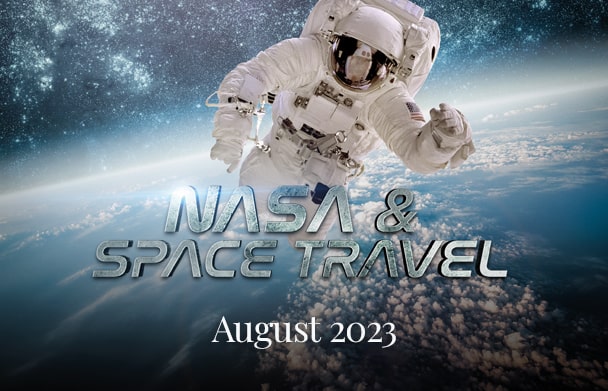One small step for man, one giant leap for mankind
A Moon landing or lunar landing is the arrival of a spacecraft on the surface of the Moon. This includes both crewed and robotic missions. The first human-made object to touch the Moon was the Soviet Union’s Luna 2, on 13 September 1959. The United States’ Apollo 11 was the first crewed mission to land on the Moon, on 20 July 1969. There were six crewed U.S. landings between 1969 and 1972, and numerous uncrewed landings, with no soft landings happening between 22 August 1976 and 14 December 2013.
The United States is the only country to have successfully conducted crewed missions to the Moon, with the last departing the lunar surface in December 1972. All soft landings took place on the near side of the Moon until 3 January 2019, when the Chinese Chang’e 4 spacecraft made the first landing on the far side of the Moon.
A total of twelve men have landed on the Moon. This was accomplished with two US pilot-astronauts flying a Lunar Module on each of six NASA missions across a 41-month period starting 20 July 1969, with Neil Armstrong and Buzz Aldrin on Apollo 11, and ending on 14 December 1972 with Gene Cernan and Jack Schmitt on Apollo 17. Cernan was the last man to walk on the lunar surface. All Apollo lunar missions had a third crew member who remained on board the command module.
The intense efforts devoted in the 1960s to achieving first an uncrewed and then ultimately a human Moon landing become easier to understand in the political context of its historical era. World War II had introduced many new and deadly innovations. In the 1950s, tensions mounted between the two ideologically opposed superpowers of the United States and the Soviet Union that had emerged as victors in the War, particularly after the development by both countries of the hydrogen bomb.
On 4 October 1957, the Soviet Union launched Sputnik 1 as the first artificial satellite to orbit the Earth and so initiated the Space Race.
The U.S. response to various Soviet achievements was to greatly accelerate previously existing military space and missile projects and to create a civilian space agency: NASA (National Aeronautics and Space Administration).
Glossary:
leap: un salto
landing: atterraggio; dal verbo “to land” atterrare
spacecraft: navicella spaziale
crewed: con l’equipaggio; dal sostantivo “crew” equipaggio
soft landings: atterraggi morbidi
near side of the Moon: il lato visibile della Luna
far side of the Moon: il lato oscuro della Luna
accomplished: raggiunto, compiuto
module: modulo
mounted: aumentato; dal verbo “to mount” crescere, aumentare
Space Race: La Corsa allo Spazio
Apollo 11: One Small Step on the Moon for All Mankind












